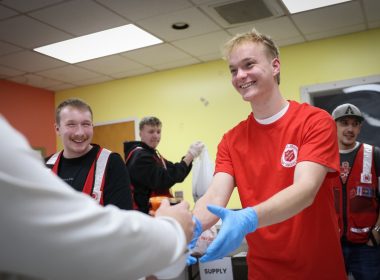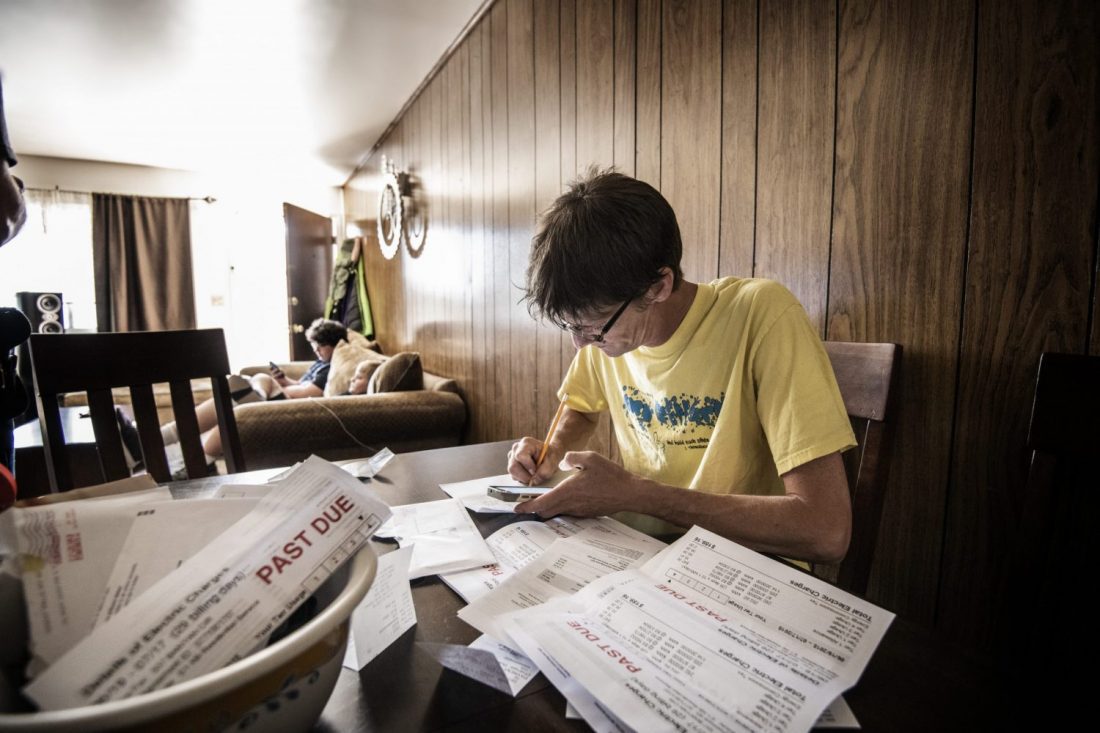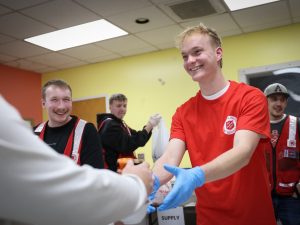Case management approach rolled out again in wake of widespread need
Leaders and corps officers in the Western Territory are renewing their efforts to connect with motivated, hopeful clients on a deeper level through Pathway of Hope.
The program uses intensive case management and a strength-based approach to help clients overcome identified challenges and empower them to increase their sufficiency. It isn’t a replacement of existing services, but instead an opportunity to work intensely with a few highly motivated clients.
The COVID-19 pandemic triggered a setback in the second rollout of Pathway of Hope, forcing training sessions to move online and diverting energy as corps worked to provide emergency services to those in need.
The Western Territory first tried to roll out Pathway of Hope in 2013, but without dedicated funding, those efforts had mostly petered out by 2015. Plans were revived in 2019 when additional money came along, but just as training started to get underway again, the pandemic hit.
Pathway of Hope moved to the backburner as the focus shifted to emergency crisis work, said Onesa Anozie, Pathway of Hope Project Manager in the Western Territory. But Anozie and others are hopeful that the rollout can get back on track and make significant headway in 2021.
“COVID obviously is still here, but we’re at a place where everybody is kind of figuring out how to balance things and realize we need to move forward, regardless of the challenges,” Anozie said.
Pathway of Hope is also linked to the implementation of Wellsky, a database that helps case managers track client progress and measurable outcomes. That data will give The Salvation Army something to show potential donors exactly how they help families and individuals develop life skills, find stability and experience transformational change.
“I don’t think we’re as far along as we thought we would be, if COVID hadn’t hit,” said Chris Doughty, Territorial Social Services Research Specialist and Territorial Pathway of Hope Director.
“But at the same time, I think there’s been a realization about how Pathway of Hope dovetails with the crisis. How it can help aid in providing long-term recovery for folks, helping us to work with them on a deeper level and find more stability.”
Lisa Foster, the Pathway of Hope Coordinator in Alaska, said this year helped her realize that Pathway of Hope doesn’t have to be intensive case management for 18 months or longer. Instead, team members can use those same tools, like motivational interviewing and strengths-based approaches, to work side-by-side with clients for shorter periods of time.
“That’s kind of the beauty of it,” Foster said. “It’s not necessarily a program, it’s just a way to do the work… And it lends itself to all sorts of situations, including emergency crisis management.”
Danielle Handle, Pathway of Hope Coordinator for the California South Division, said she identified nine different corps at the end of the year that were ready to jump into training and implementation in 2021.
“It was really hard with Christmas and our holiday season to take on all that,” Handle said. “I think it’s still a challenge for some of them to find time, because they’re stretched so thin, to be able to do intensive case management. But most of the staff and the corps have adjusted to this new way of life.”
Foster, who did most of her training over Zoom, said it has been a challenge to get a lot of corps on board. That’s not meant to discredit anyone, she said, but instead to acknowledge that a lot of the corps within Alaska are two-man shows without specialized case managers.
“The officers are the only ones running them, but they live in these little communities that desperately need this,” Foster said. “I’m trying to show them it doesn’t all have to be so linear, but that it can happen naturally.”
Foster, Anozie and others acknowledge that it’s always a challenge getting people to switch systems as people are naturally often reluctant to change. But Anozie is hopeful that the territory will see some more measurable outcomes from Pathway of Hope by the end of 2021.
Wellsky and Pathway of Hope allow The Salvation Army to track and measure results in a way that resonates with potential donors.
“This system really allows us to do the storytelling we need to do to keep up,” Anozie said.
Like many social workers, Foster said data input is not her favorite part of the job. But she understands why it’s necessary.
“Without measurable results, what are we doing?” she said. “We have to show our work.”
Foster said that goal measurement is also meaningful for the families she works with. It becomes easier to recognize milestones and in turn celebrate those accomplishments with clients.
Foster recently made magnets of encouraging quotes as a gift for a client.
“She was in tears,” Foster said. “Someone recognized she was working hard when she couldn’t even see it herself…We need to make note of these things and celebrate our milestones.”
Do Good:
- Listen in as Sabrina Kiser, Director of Social Services for The Salvation Army Western Territory, explores need from all angles—as the pandemic hit, the outlook right now and as The Salvation Army prepares for what’s to come on the Do Gooders Podcast.
- Do you have a hard time telling people what you do, or what you’re passionate about and why? Ever stared at a blinking cursor, unsure of what to say or where to start? Or do you avoid writing altogether because you’re “not creative enough”? Take our free email course and find your story today.
- See how you can get involved in the Fight for Good with The Salvation Army.











